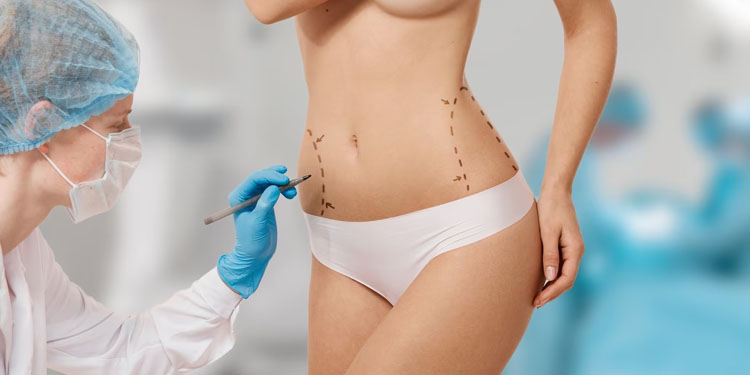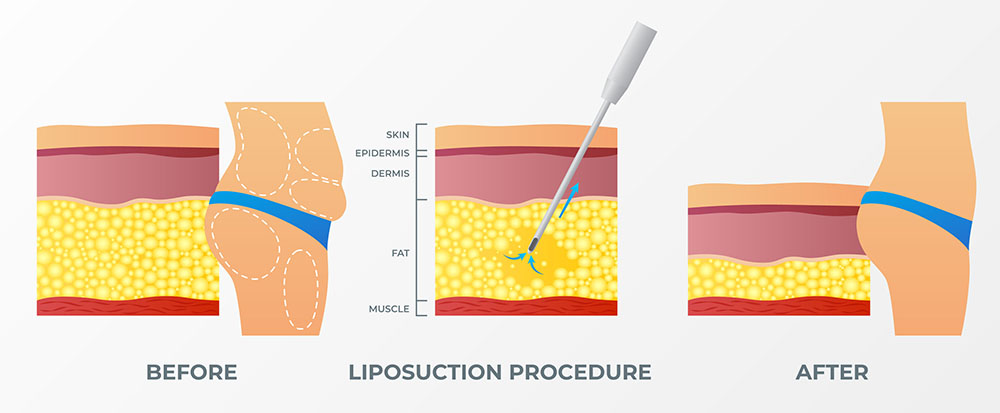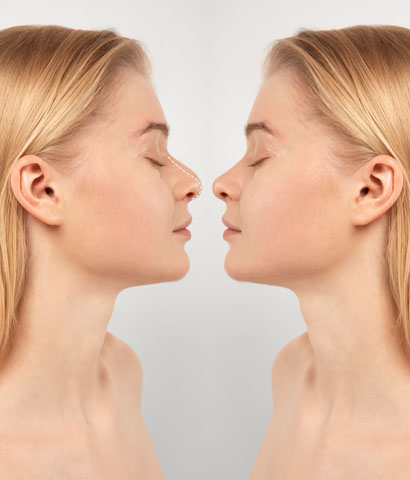
Liposuction, also known as lipoplasty, is a cosmetic surgery procedure that involves the removal of unwanted fat from specific areas of the body. The popularity of this procedure has grown in recent years, and it’s not hard to see why. With the increasing demand for a slimmer and more contoured body, liposuction has become one of the most sought-after cosmetic surgery procedures in the world.
In this article, we’ll provide a comprehensive guide to the liposuction procedure, including its benefits, risks, and everything in between. We’ll also debunk some of the myths associated with this procedure, and provide answers to some frequently asked questions.
What is Liposuction?
Liposuction is a cosmetic surgery procedure that removes unwanted fat from specific areas of the body, including the abdomen, hips, thighs, arms, and buttocks. The procedure is typically performed under general anesthesia, and involves the insertion of a cannula, a thin tube, into the targeted area. The cannula is then used to suction out the fat cells from the body.
Who is a Good Candidate for Liposuction?
Liposuction is not a weight loss solution, but rather a procedure that is designed to remove stubborn pockets of fat that are resistant to diet and exercise. Therefore, a good candidate for liposuction is someone who is at or near their ideal body weight, but has specific areas of the body that they would like to target for fat removal.
Candidates for liposuction should also be in good health, with no underlying medical conditions that could increase the risk of complications. They should also have realistic expectations about the results of the procedure, and understand that liposuction is not a substitute for a healthy lifestyle.

Types of Liposuction
Liposuction, also known as lipoplasty or body contouring, is a cosmetic surgical procedure that removes stubborn fat deposits from various areas of the body. It is not a weight loss solution but rather a method to remove localized fat that is resistant to diet and exercise. There are several types of liposuction techniques, each with its benefits and limitations:
Tumescent liposuction: This is the most common and traditional form of liposuction. The surgeon injects a tumescent solution (a mixture of saline, lidocaine, and epinephrine) into the target area to swell and firm the fat, making it easier to remove. The solution also helps to minimize bleeding and provide local anesthesia. A small incision is made, and a thin, hollow tube called a cannula is inserted to break up and suction out the fat.
Power-assisted liposuction (PAL): PAL uses a cannula with a vibrating tip to break up fat cells more efficiently. This technique can make the procedure faster and more precise, reducing the amount of manual effort required by the surgeon. PAL is often used in conjunction with tumescent liposuction.
Ultrasound-assisted liposuction (UAL): This technique uses ultrasound energy to liquefy fat cells before removal. A special cannula that emits ultrasound waves is used to break up and liquefy the fat, making it easier to suction out. UAL is particularly useful for fibrous areas, such as the back or male breasts, but may require longer recovery times due to the increased risk of burns and tissue damage.
Laser-assisted liposuction (LAL): LAL, also known as SmartLipo, utilizes laser energy to liquefy fat cells before removal. A small cannula with a laser fiber is inserted into the target area to melt the fat, which is then suctioned out or allowed to drain naturally. The laser energy can also stimulate collagen production, leading to skin tightening in the treated area.
Radiofrequency-assisted liposuction (RFAL): RFAL, also known as BodyTite, uses radiofrequency energy to heat and liquefy fat cells. The procedure also helps tighten the skin by stimulating collagen production. The RFAL device has a built-in temperature monitoring system to minimize the risk of burns or tissue damage.
Water-assisted liposuction (WAL): This technique involves the use of a high-pressure stream of water to dislodge and remove fat cells. The water is introduced through the cannula, and the fat is simultaneously suctioned out. WAL is considered less invasive and can result in less bruising and swelling compared to other techniques.
Each liposuction technique has its advantages and limitations, and the choice depends on factors such as the patient’s specific needs, the surgeon’s experience, and the target area. It is essential to consult with a qualified plastic surgeon to determine the most appropriate liposuction method for your unique circumstances and goals.
Liposuction Frequently Asked Questions
Liposuction is a surgical procedure that removes excess fat from specific areas of the body, such as the thighs, hips, abdomen, arms, and neck. The procedure involves using a hollow tube, called a cannula, to suction out the fat.
Good candidates for liposuction are individuals who are at or near their ideal body weight but have pockets of excess fat that are resistant to diet and exercise. Candidates should also be in good overall health and have realistic expectations for the results of the procedure.
Liposuction is typically performed under general anesthesia or local anesthesia with sedation. The surgeon makes small incisions in the skin and inserts the cannula through the incisions to suction out the fat.
Recovery after liposuction can vary depending on the extent of the procedure and the individual patient. Most patients can return to work and normal activities within a week or two, but strenuous exercise should be avoided for several weeks.
As with any surgical procedure, there are risks and potential complications associated with liposuction. These can include bleeding, infection, blood clots, and changes in sensation. It’s important to discuss the risks with your surgeon before undergoing the procedure.
The results of liposuction can be long-lasting, but they are not permanent. If the patient gains weight after the procedure, fat cells in other areas of the body may expand, potentially affecting the results of the procedure.
The cost of liposuction can vary depending on the extent of the procedure, the location of the practice, and other factors. It’s important to discuss the cost of the procedure with your surgeon before making a decision to undergo the procedure.




